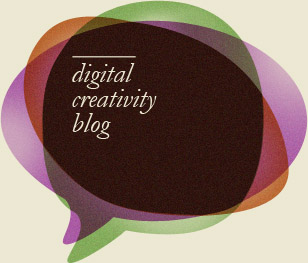"Form follows function" is a frequently used phrase, incorrectly quoted from the original "form ever follows function" by architect Louis Sullivan. His point from the 60's is that architecture's style is determined by its functional purpose. Le Corbusier's Brutalism concrete architecture as found in the suburbs of Paris is a perfect example, an arguably outdated approach to urban planning and design.
The other side of this argument would be that we engage with things not only because we have to, but because we want to. This applies not just to buildings, but products and every day interactions too. I recently read a good point on that topic from neurologist Viktor Frankl, who remarks that "people have enough to live but nothing to live for; they have the means but no meaning".
We seek meaning in what we do and display our cultural identity through showing off symbols (i.e. football club icons on t-shirts) or demonstrate our desired social belonging (i.e. driving luxury cars). Economist Thorsten Veblen investigated this behavior and found that prestige is sought after in wealthy societies more than utility.
The discussion about form versus function also takes place between interaction designers in the UX industry. Many argue that usability is more important than user desirability.
But is it? The context of what a user expects from a website obviously matters. When I go to a website to buy something, I want to accomplish the task at hand as quickly and hassle-free as possible. That's good for me but not necessarily for the seller, because I don't stay long enough to stumble over other products I may like as well. Commoditization of products and services is a big problem because it drags down margins and unless a product or service is the only of its kind, it may be forgotten quickly.
But... when the seller knows WHY I want what I want I'd be willing to come back. Ideally this is not for the price alone but for my firm believe that this is a seller I can trust, provides quality, prestige etc.
Trust is often established on irrational elements such as familiarity. When something looks familiar we are more likely to trust it as research by Antonio Damasio suggests. This is one of many aspects when design becomes elemental for successful commerce and the "why" starts to matter as much as the "what". When the interaction is not only physically satisfying but also emotionally inspiring and memorable.
The question should not be whether the functional or desirable elements are more important. The question should be how form and function play together most effectively.
Adam Swann in a Forbes article notes that companies "recognize that a great design leads to differentiation, customer loyalty and higher profits". In a time that Swann declares as "Design Era", we will have to continue placing value on form and function equally.
